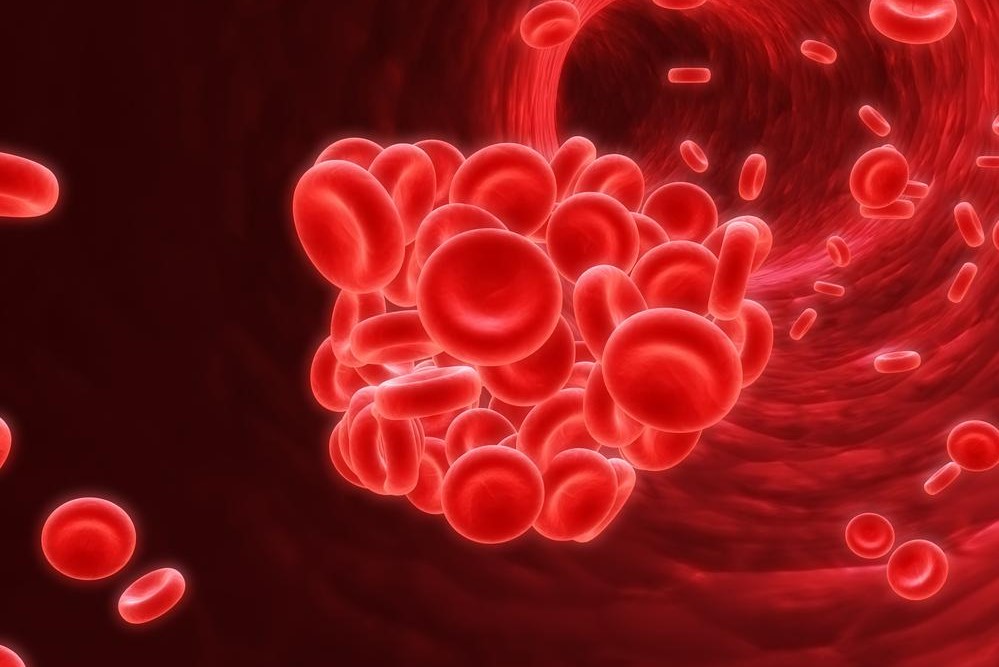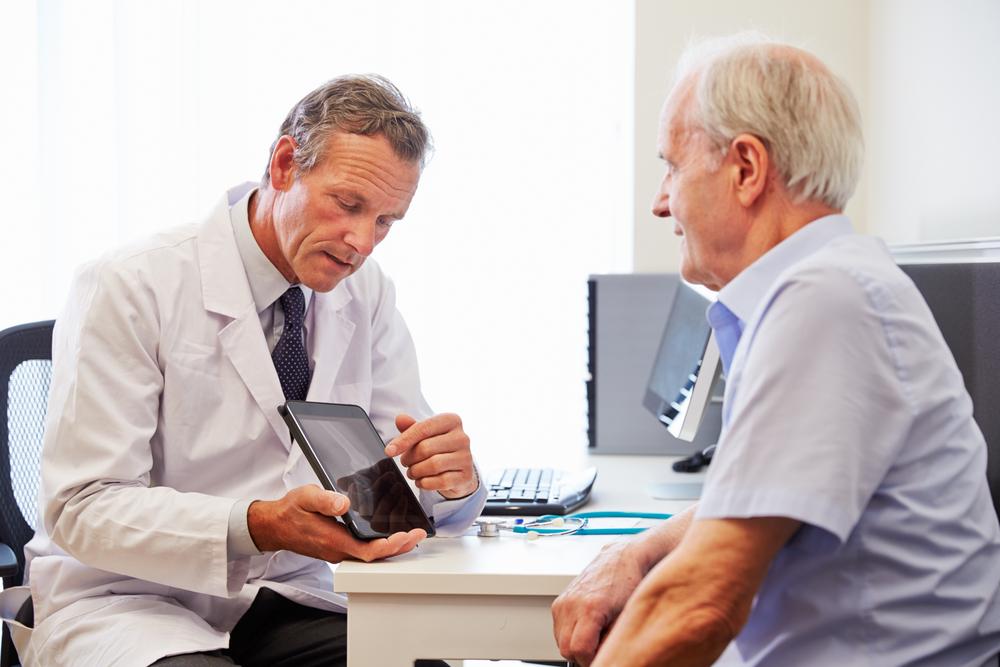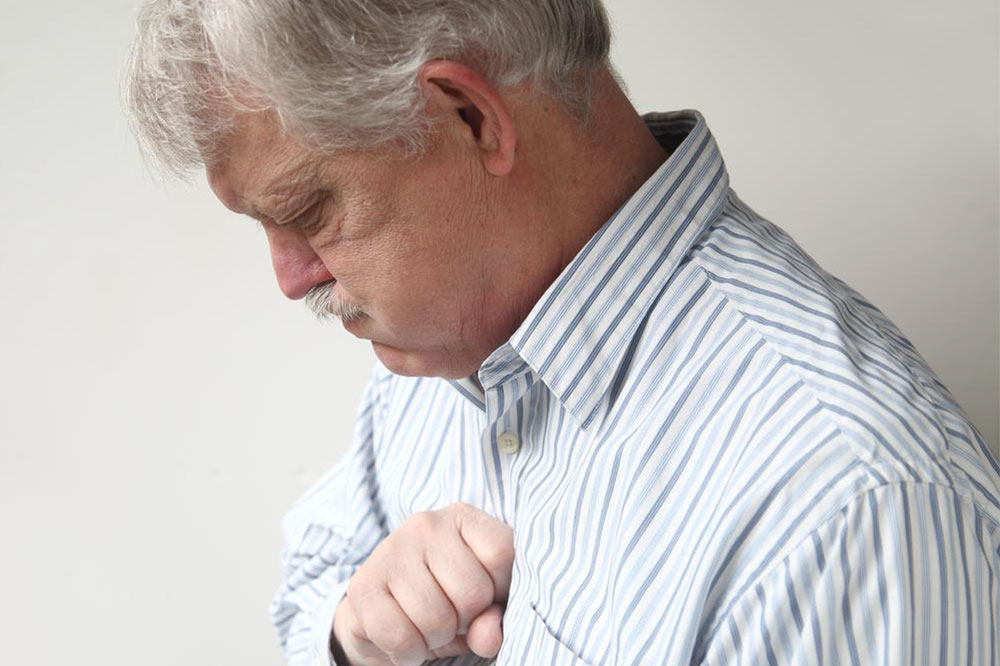Understanding Blood Clots: Causes, Symptoms, and Treatment
This article provides comprehensive insights into blood clots, including causes, symptoms, and treatment options. It emphasizes the importance of early detection and lifestyle changes for prevention and management of clot-related health issues. Understanding risk factors like pregnancy, inactivity, and age helps in timely intervention. Symptoms vary depending on clot location, affecting the legs, lungs, brain, or heart. Medical treatments include blood thinners and surgical procedures. Maintaining a active lifestyle and regular check-ups are crucial after recovery to prevent future complications.

Understanding Blood Clots: Causes, Symptoms, and Treatment
Blood clotting is an essential physiological response that occurs when the body sustains injury, transforming liquid blood into a gel-like substance to prevent excessive bleeding. While this process is crucial for healing, abnormal clot formation within blood vessels can lead to serious health issues requiring urgent care. Clots in regions such as the legs, heart, lungs, or brain can be life-threatening and demand immediate medical attention. Recognizing risk factors and symptoms is vital for prompt diagnosis and treatment.
Factors Increasing the Risk of Blood Clots
Pregnancy
Extended periods of immobility, such as long flights or bed rest
Lifestyle habits like smoking
Presence of cancer
Use of certain contraceptives
Being overweight
Family history of clotting disorders
Advanced age, particularly over 60
Signs and Symptoms of Blood Clots
The manifestations of blood clots vary depending on their location. Commonly affecting the legs, symptoms include swelling, muscle cramps, warmth, and reddening of the skin. Larger clots may cause more intense symptoms. Clots in the heart can lead to chest pain, heaviness, and breathing difficulties, with rare cases resulting in heart attacks. Abdominal clots may produce pain and swelling, often mistaken for gastrointestinal issues. In brain vessels, clots can trigger strokes, presenting as sudden severe headaches, vision problems, or speech difficulties. Pulmonary embolism, caused by clots in the lungs, manifests through chest discomfort, coughing blood, shortness of breath, and rapid heartbeat.Approaches to Blood Clot Treatment
Blood clots in the legs, known as Deep Vein Thrombosis, can dislodge and reach the lungs, resulting in pulmonary embolism. Early detection is critical; doctors often prescribe blood thinners or procedures like IVC filter placement to prevent clots from migrating. In cases involving brain, heart, or abdominal clots, symptoms may appear suddenly, necessitating emergency care. Diagnostic tests are performed promptly to determine treatment options, which may include anticoagulants or surgery. Post-recovery, adopting a healthier lifestyle by increasing activity levels, quitting smoking, managing weight, and regular medical check-ups are essential for long-term health.Disclaimer: The information provided here is for educational purposes only. It should not replace professional medical advice. Always consult healthcare professionals for diagnosis and treatment guidance.










